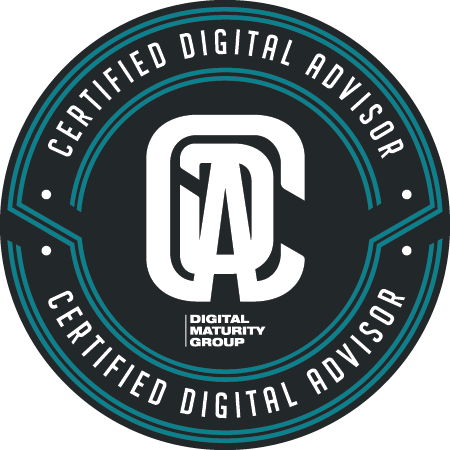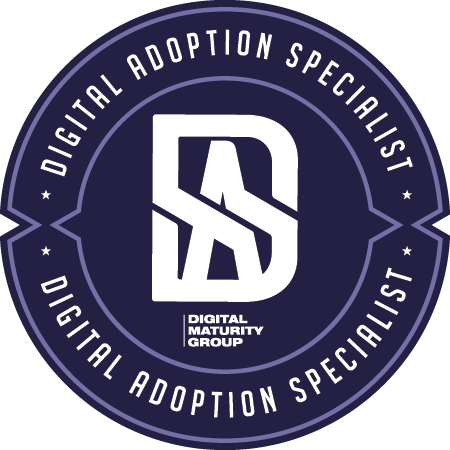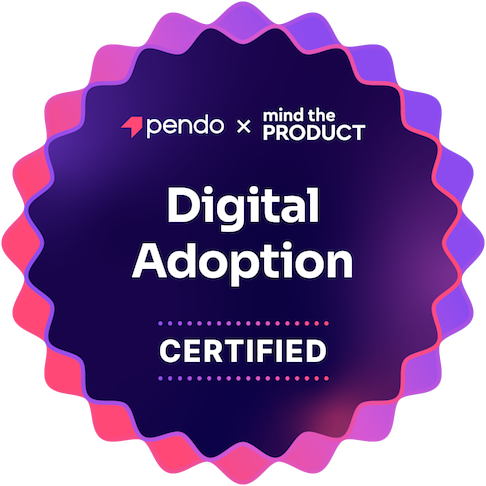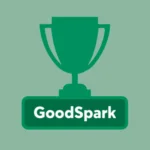Lead Generation in 2025
The world of Pay-Per-Click (PPC) advertising is evolving at jet speed. As businesses gear up for Lead Generation in 2025, leveraging PPC effectively will require more precision, strategy, and adaptability than ever before. Gone are the days of treating PPC as a “set it and forget it” tactic. Success now demands a cohesive approach, pairing PPC with other marketing channels and ensuring every click lands on a high-performing runway — your landing page.
[Wingman’s own David Daigle, Chief AI & Digital Officer will be Speaker at Ultimate Lead Generation Summit on March 20, 2025 relating tips and tricks about PPC in 2025 and beyond.]
Determining If PPC Fits Your Business Flight Plan
Not every business is suited for PPC, and knowing whether it aligns with your goals is the first critical checkpoint. Businesses with clear, definable audiences searching for their services or products are primed for PPC. For example, a local plumber targeting emergency calls or an e-commerce store selling custom coffee mugs can soar with PPC by targeting high-intent keywords. These businesses thrive because their potential customers are actively searching for immediate solutions to specific problems.
However, some businesses might face turbulence. Companies introducing entirely new concepts or addressing niche markets may find that awareness campaigns, like display ads, work better than traditional search ads. For instance, a brand launching a groundbreaking product might need to focus on educating its audience before expecting direct conversions. Before launching, ask yourself: Are your customers actively searching online for your offerings? If the answer is yes, PPC should have a seat in your cockpit. Otherwise, you may need to chart a different course or adjust expectations.
To truly understand whether PPC aligns with your goals, conduct a competitor analysis. If your industry competitors are using PPC successfully, it’s often a good sign that there’s an audience ready to engage. However, also consider your unique value proposition—PPC works best when your ads highlight what sets you apart.
Why PPC is the Ace of Lead Generation Tools
PPC remains unparalleled in precision. Unlike other lead generation options, it allows businesses to meet potential customers at precisely the right moment in their buying journey. Imagine someone searching “affordable digital marketing agency”—their intent is clear, and PPC places your ad at the top of their radar. This high level of intent drastically increases the likelihood of conversion, making PPC an essential part of any lead generation arsenal.
What’s more, PPC campaigns are highly customizable. You control everything from demographics and location to timing and devices. For instance, a coffee shop might target morning searches for “best coffee near me,” while a SaaS company zeroes in on B2B decision-makers. These granular controls ensure that your budget is spent reaching the most relevant audience, maximizing your return on investment.
And let’s not forget the data. PPC provides actionable insights, enabling you to refine your approach with precision that rivals a fighter jet’s targeting system. Every click, impression, and conversion generates data you can analyze and optimize to fine-tune your campaigns.
Standing Out from the Crowd
Compared to other tactics, PPC offers speed, scalability, and measurability. With SEO, it could take months to rank for a keyword organically. PPC, on the other hand, gets you on the first page in hours. It’s like switching to afterburners when competitors are stuck taxiing on the runway.
PPC’s scalability is another advantage. See success? Scale up instantly. Add to that its unparalleled measurability—every click, conversion, and dollar spent is trackable, giving you the data you need to make informed adjustments.
Another factor that makes PPC stand out is its ability to integrate seamlessly with other marketing channels. For instance, you can use PPC to drive traffic to a specific promotion while retargeting visitors through email campaigns. This cross-channel approach creates a cohesive customer journey, amplifying the effectiveness of your marketing efforts.
Debunking PPC Misconceptions
One common misconception is that PPC runs on autopilot. While automation tools exist, PPC campaigns require constant monitoring and adjustments. Otherwise, you risk burning through your budget with little to show for it. Successful PPC campaigns are dynamic, adapting to changes in audience behavior, competitive landscapes, and market trends.
Another myth is that PPC is too expensive for small businesses. The reality? Even a modest budget, when paired with a targeted strategy, can deliver results. It’s all about focusing on high-intent keywords and audiences. For example, a local bakery can target searches like “birthday cakes near me” to attract customers ready to buy.
Lastly, PPC isn’t just for B2C. B2B companies can achieve great results by tailoring their campaigns to decision-makers in specific industries. For example, a software company targeting HR managers can use LinkedIn Ads or Google Ads with highly specific keywords to reach their audience.
Keys to Maximizing PPC Success
Success in PPC starts with a “strategy-first” approach. Understand your audience inside and out. What problems are they solving? What language resonates with them? These answers will inform your keyword choices and ad copy.
Equally critical is your landing page. Think of it as your campaign’s landing strip. A poorly designed page will crash your conversions, no matter how great the ad. Ensure your page is optimized to deliver on the promise of the ad and guide users seamlessly to the desired action. Elements like clear headlines, compelling calls-to-action, and trust signals (like testimonials) can significantly boost conversions.
Finally, consistent monitoring and refinement are essential. Analyze metrics like click-through rates and conversion rates. Use this data to adjust bids, tweak messaging, and refine targeting. PPC isn’t static; it’s a constant cycle of improvement. Incorporating A/B testing can help identify what works best, from ad copy to landing page designs.
Starting Your PPC Journey
For businesses just taking off with PPC, the first steps are crucial. Begin by defining clear goals. Are you seeking leads, sales, or brand awareness? Each goal demands a tailored strategy. Focus your initial efforts on high-intent keywords to maximize ROI. Tools like Google’s Keyword Planner can help identify the best opportunities.
Next, prioritize tracking. Implement conversion tracking from day one. Without it, you’re flying blind. Tools like Google Ads make this straightforward and provide the data you need to iterate effectively. Additionally, ensure your analytics tools are properly integrated to measure the entire customer journey.
Consider starting with a small budget to test the waters. This approach allows you to gather insights without significant financial risk. As you identify what works, you can scale your campaigns gradually.
Taking PPC to the Next Level
For seasoned PPC users, enhancing effectiveness means exploring advanced tactics. Consider segmenting audiences—targeting existing customers differently than new prospects. For example, you could create loyalty-focused ads for returning customers while offering special promotions to attract new ones.
Expand to additional platforms, like LinkedIn or TikTok, if your audience is there. Diversifying your platforms can uncover untapped potential and ensure you’re reaching your audience wherever they spend their time.
Also, revisit your metrics. Are you focusing on lifetime customer value rather than just cost-per-acquisition? Adjusting your perspective to align with long-term ROI can unlock untapped potential. Additionally, experimenting with dynamic ad formats, such as responsive search ads, can optimize performance.
A PPC Success Story
One local junk removal company we worked with was struggling to generate leads. With a modest budget, we targeted high-intent keywords like “same-day junk removal” and leveraged geographic targeting to exclude areas they didn’t serve. Within three months, leads increased by 150%, and their cost-per-lead dropped by 60%. PPC gave their business a powerful boost with minimal turbulence.
Tracking the Metrics That Matter
To gauge PPC success, start with basic metrics like cost-per-click and click-through rate. These give insights into your ad’s effectiveness. Then, dive deeper into conversion rates and cost-per-conversion to understand whether your clicks are driving results.
For a broader view, consider lifetime customer value and ROI. And don’t overlook impression share, which shows how competitive you are in ad auctions. These metrics provide a comprehensive view of your campaign’s performance, helping you make data-driven decisions.
Final Thoughts for 2025
As we look to Lead Generation in 2025, remember: PPC is not a solo act. It works best when integrated with other tactics, like SEO, email marketing, and social media. It’s also not a set-it-and-forget-it strategy—constant monitoring and refinement are essential.
And never underestimate the power of your landing page. Think of it as the final approach to conversion. If it doesn’t deliver, all the effort in the air won’t matter.
So, test, learn, and iterate. And sometimes, the best way to succeed with PPC is to focus on fewer campaigns and do them exceptionally well.
If you’re looking to elevate your digital presence and soar above your competition, contact Wingman DX in Calgary, AB, today. Our team of seasoned strategists is ready to be your co-pilot to success in the digital realm.
You don’t have to fly solo!





